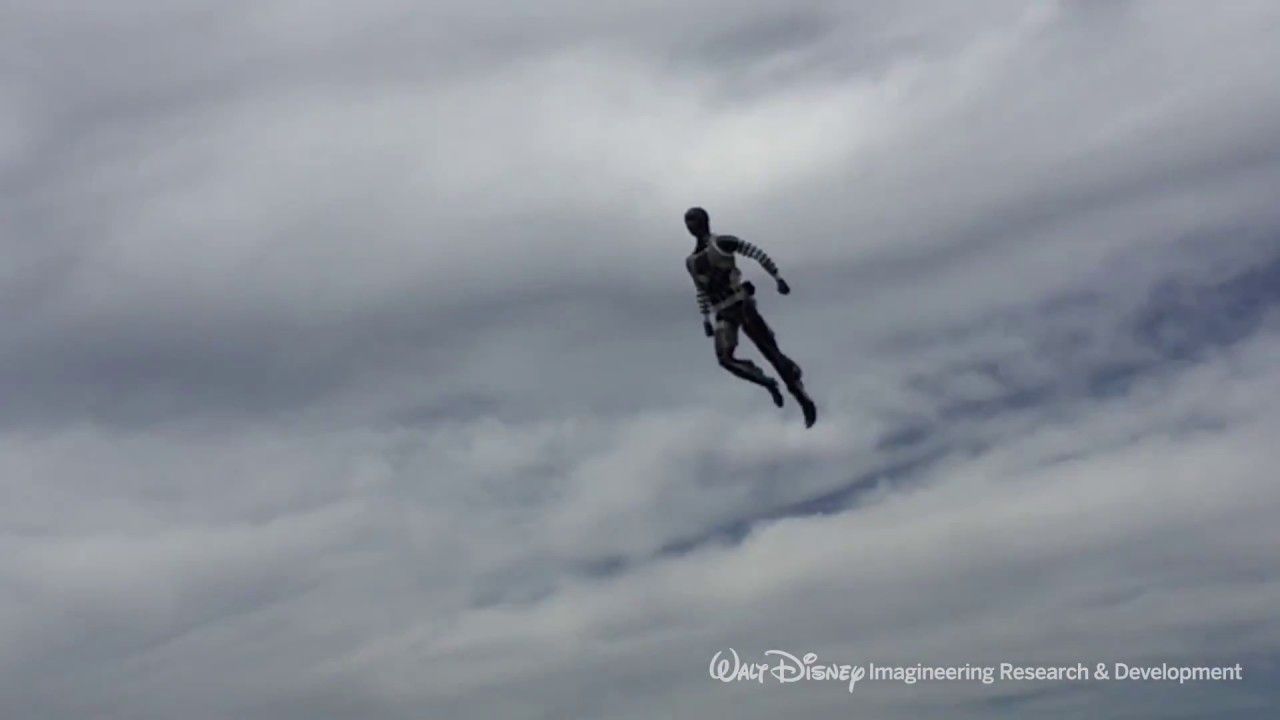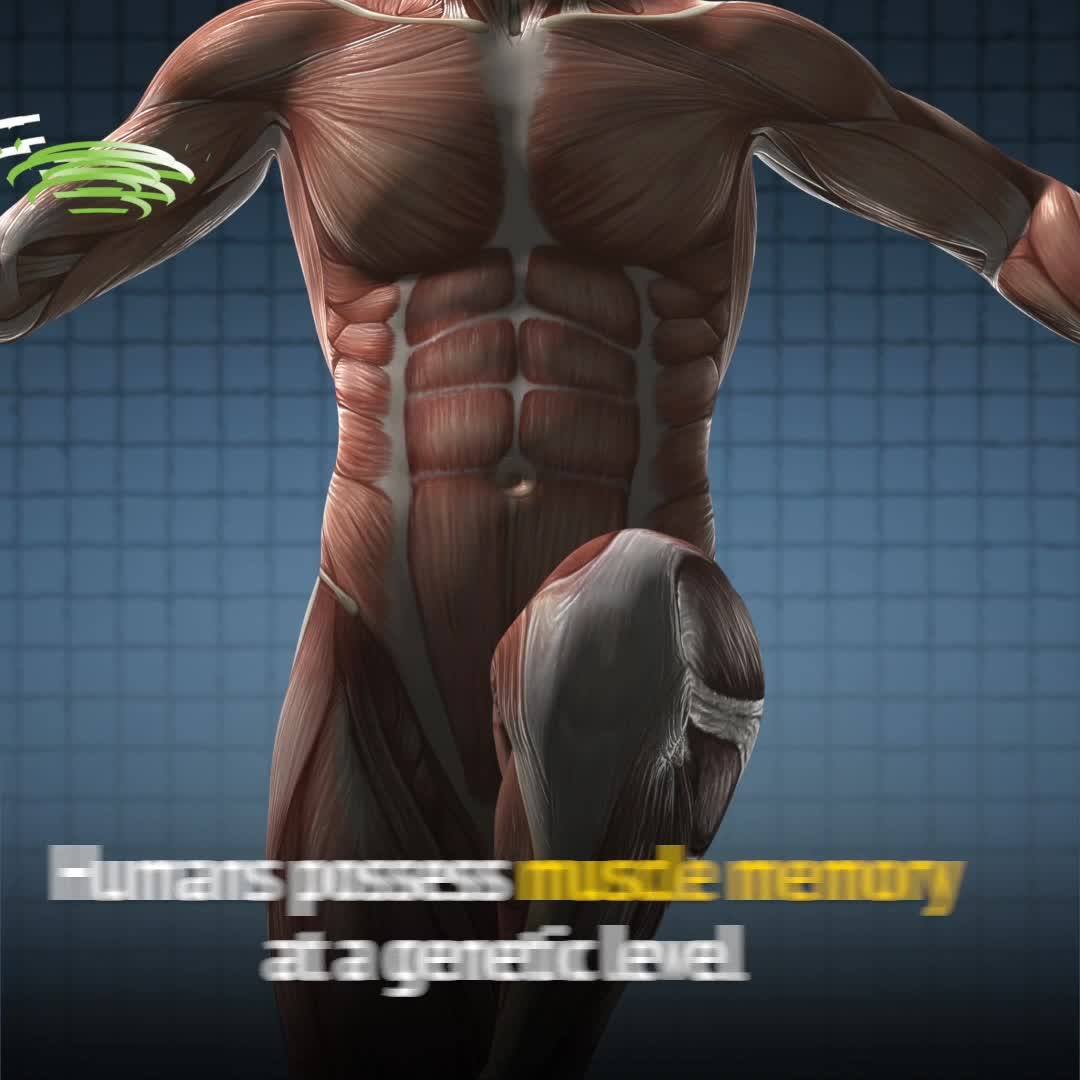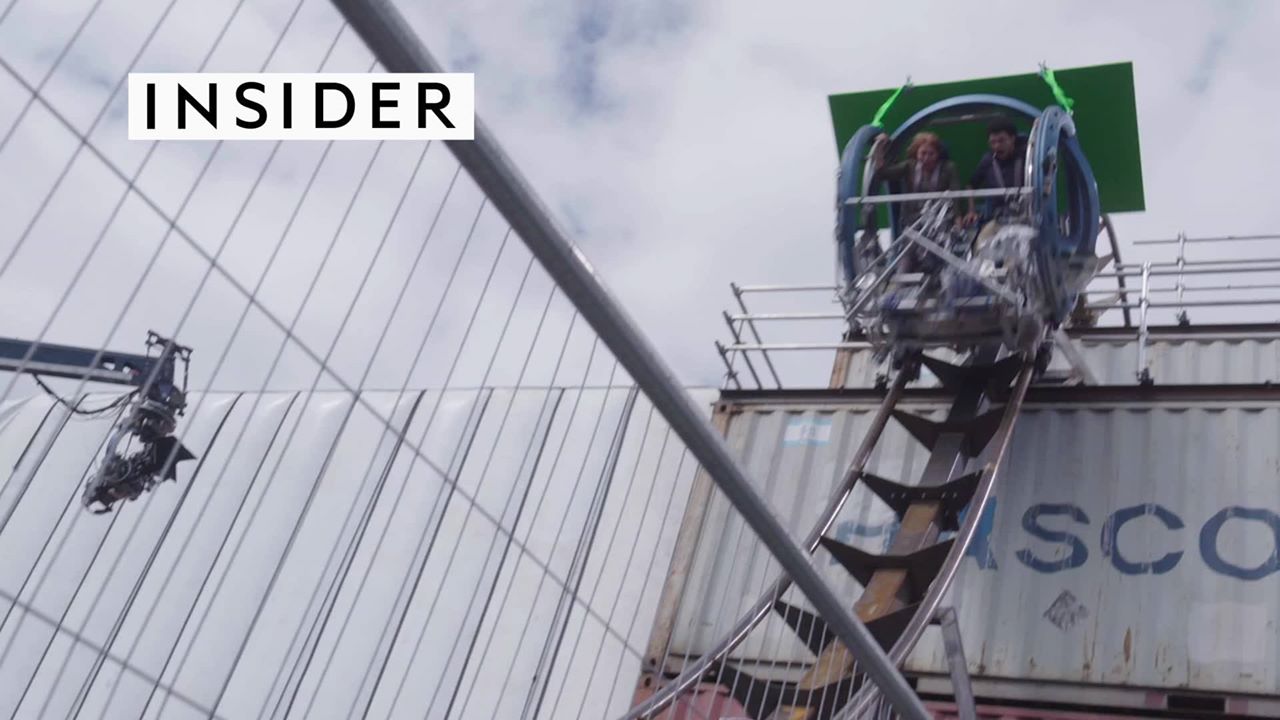https://www.youtube.com/watch?v=Nufc8vTsbBY
Category: futurism

Look, up in the sky! It’s Disney’s new autonomous acrobatic robot
Disney’s animatronics are coming a long way from drunken pirates waving flagons of ale or hippos that wiggle their ears. In the (relatively) near future, robotic versions of Iron Man or Buzz Lightyear could be performing autonomous acrobatics overhead in Disney theme parks, thanks to the newly-unveiled Stuntronics robot.
Animatronic characters have populated Disney parks for more than half a century, albeit often just looping a specific movement over and over. In recent years Disney Research has tried to make the robots more agile and interactive, developing versions that can grab objects more naturally, and even juggle and play catch with visitors.
Back in May the company unveiled a prototype called Stickman. Basically a mechanical stick with two degrees of freedom, the robot could be flicked into the air like a trapeze artist, where it used a suite of sensors to tuck and roll in midair, perform a couple of backflips, and unfurl for landing.



‘Jurassic World: Fallen Kingdom’ Built A Roller Coaster To Pull Off A Stunt
“Jurassic World: Fallen Kingdom” created a roller coaster for one of its coolest stunts. 🎢.


Informational hazards and the cost-effectiveness of open discussion of catastrophic risks
Any thoughts about the problem of open discussion of the catastrophic risks?
TL;DR: In order to prevent x-risks, our strategic vision should outperform technical capabilities of the potential malevolent agents, which means that strategic discussion should be public and open, but the publication of technical dangerous knowledge should be prevented.
Risks and benefits of the open discussion
Bostrom has created a typology of info-hazards, but any information could also have “x-risk prevention positive impact”, or info-benefits. Obviously, info-benefits must outweigh the info-hazards of the open public discussion of x-risks, or the research of the x-risks is useless. In other words, the “cost-effectiveness” of the open discussion of a risk A should be estimated, and the potential increase in catastrophic probability should be weighed against a possible decrease of the probability of a catastrophe.


Will you get sick next flu season?
According to new Stanford research, it may depend on how many natural killer cells you have: https://stan.md/2I2IDZx (Photo by Kelly Sikkema)